Quiz: Flight Planning with Sporty’s E6B
Flight Training Central
FEBRUARY 10, 2025
The electronic E6B is equally useful when in the airplane, to help determine actual winds aloft, true airspeed, fuel burn, and descent planning. Calculate the planned groundspeed if the winds aloft are forecast to be from 250 at 15 knots flying a true course of 130 with a true airspeed of 112 knots.

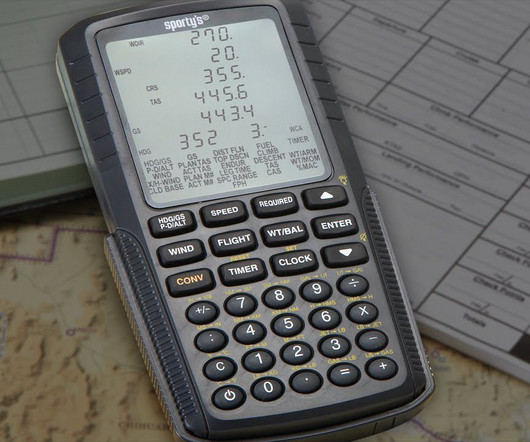

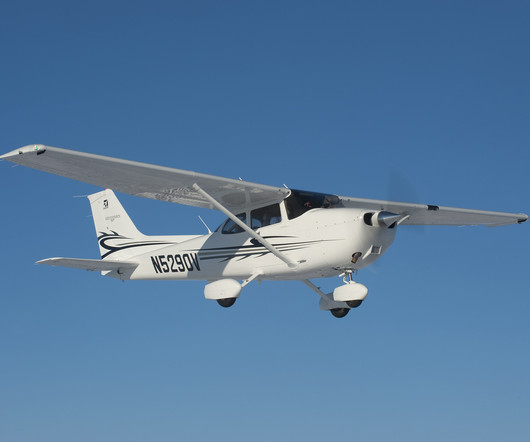
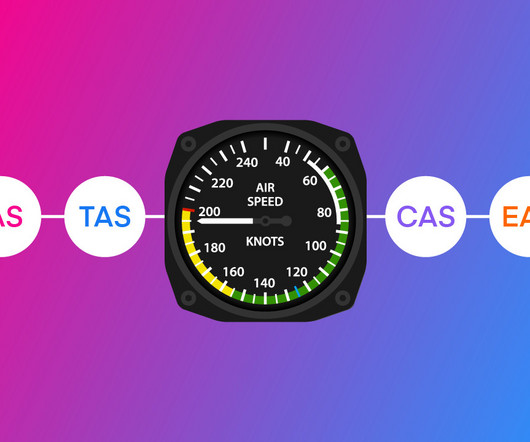
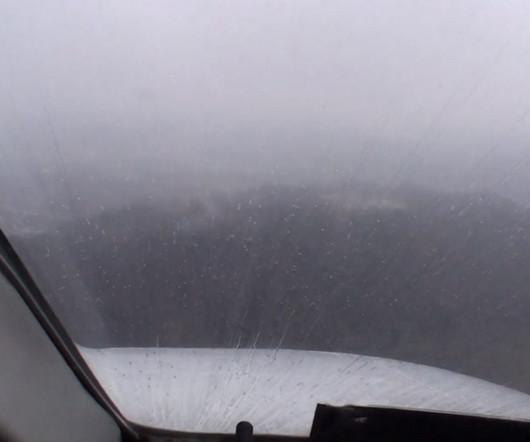

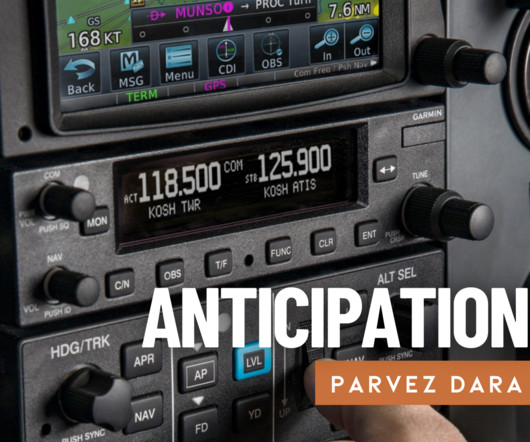
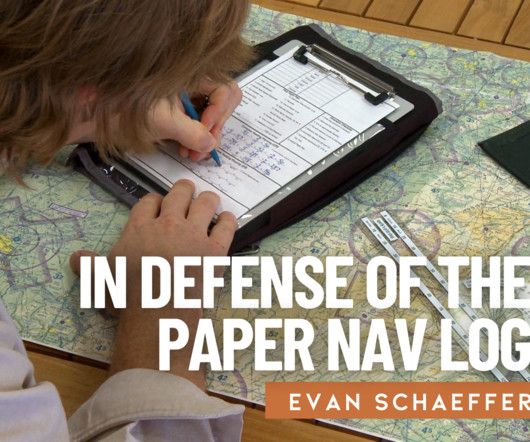






Let's personalize your content